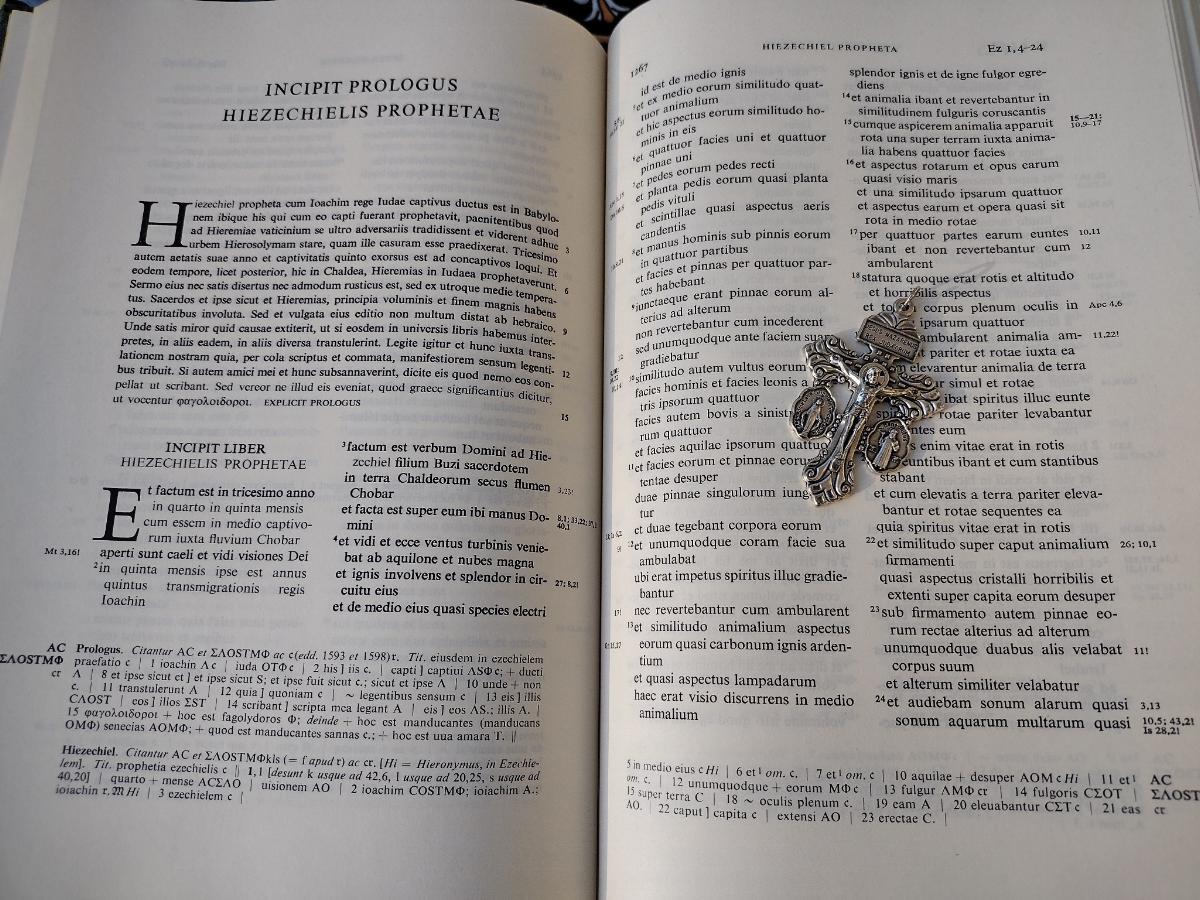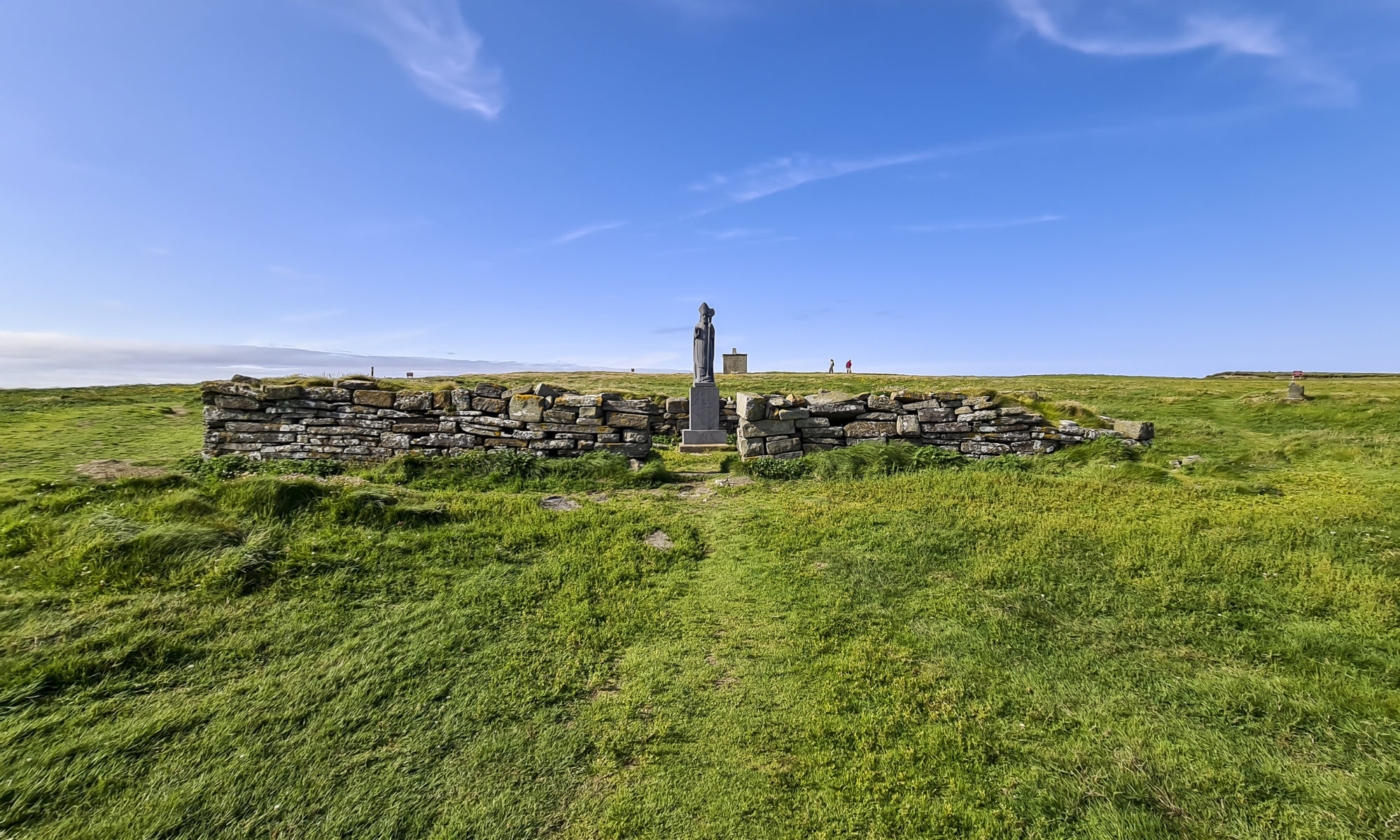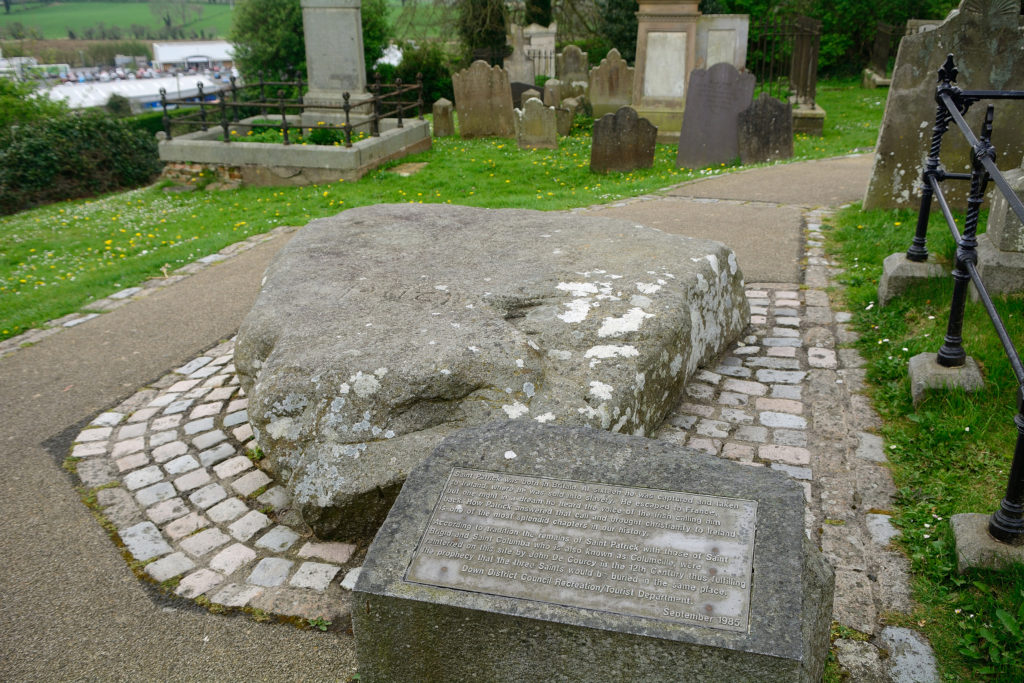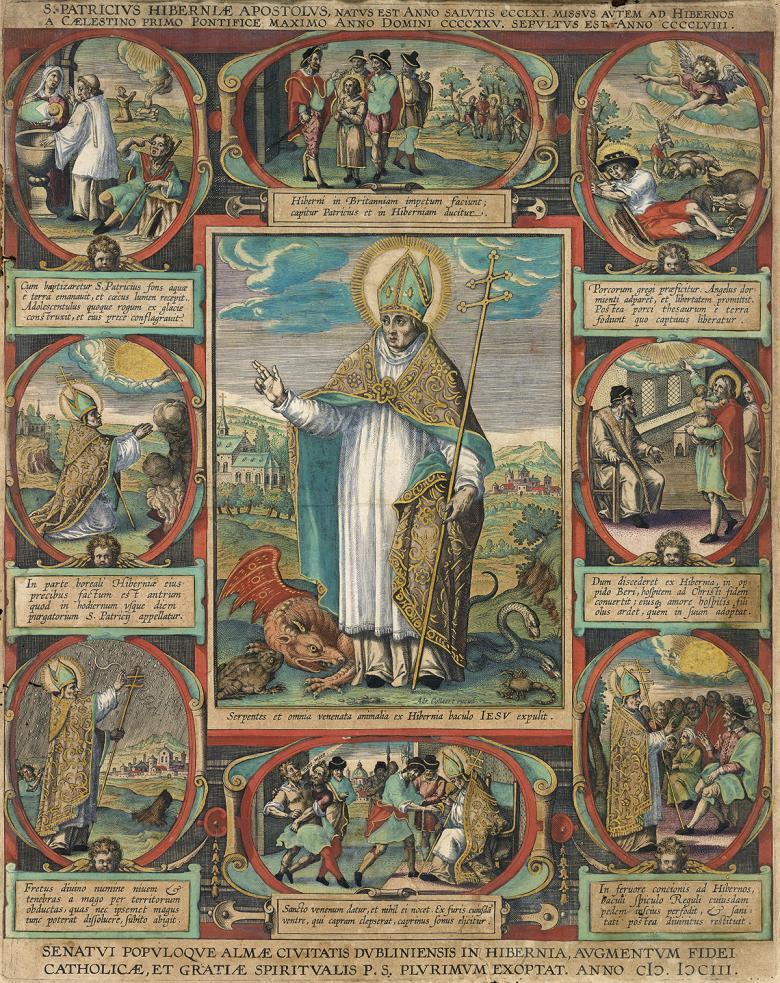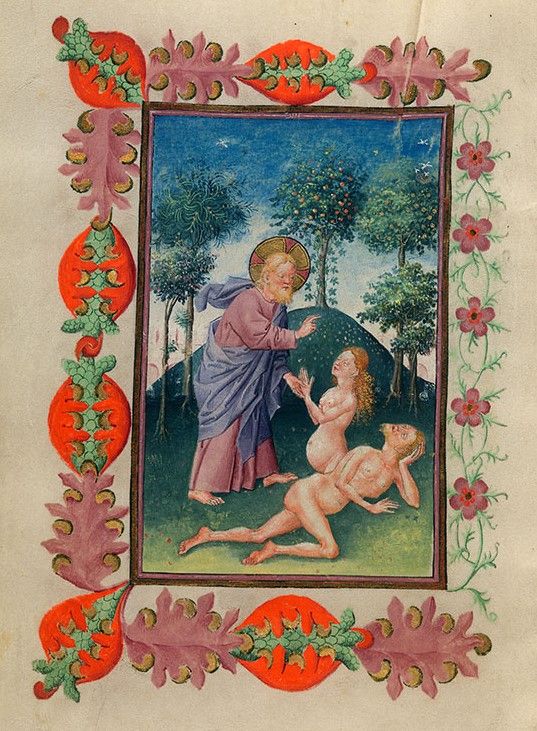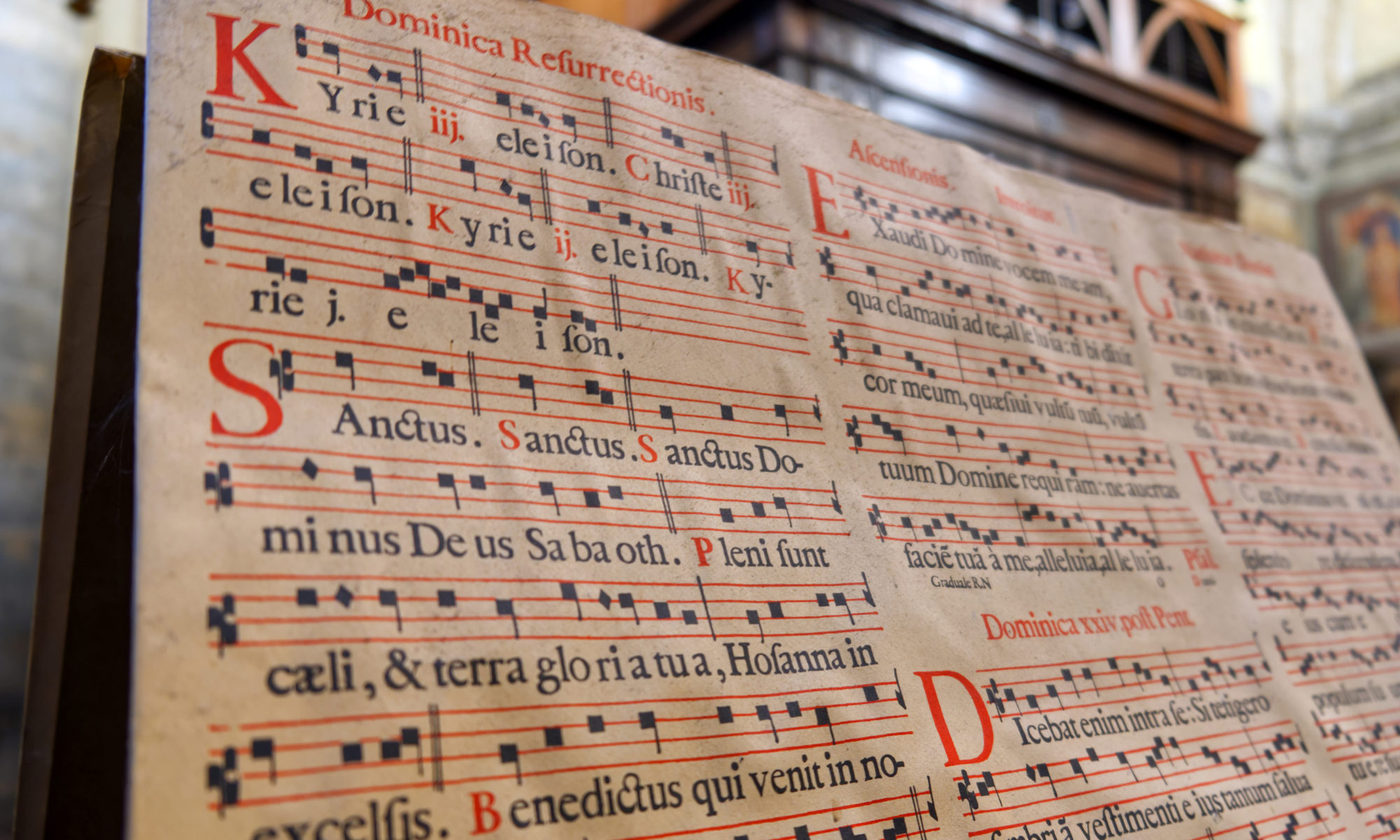Do you know about the Pardon Crucifix?
Catholics have many treasures that have been “buried” in the long history of the Church and are now little known. Fr. Richard Heilman, the creator of the Combat Rosary (the official rosary of the Swiss Guard), said that when the devil hates something, “he simply tries to hide it from people.” The Pardon Crucifix, which is not well known to the faithful, is one such treasure.
The origin of this type of crucifix is unknown, but it first became well-known in 1904, when some French priests introduced it to a cardinal at the Marian Congress. In the following year, devotion to this crucifix was encouraged with an indulgence promulgated by Pope St. Pius X.
Sometimes the Pardon Crucifix is flanked by the Miraculous Medal of the Blessed Virgin Mary and the St. Benedict Medal. Any one of these sacramentals would be hateful to the devil, but the three combined form a powerful weapon against evil.
The Prayers and Indulgences of the Pardon Crucifix
The indulgence attached to the Pardon Crucifix, like all indulgences, offers reduction of penance, not absolution of sin. For a moment I thought it was absolution (as if I didn’t have to go to confession) and other such imprudent thoughts.
In the early sixteenth century, there was some confusion about the exact nature of indulgences, but this matter (along with many others) was clarified at the Council of Trent in 1563. Since then, an indulgence has been clearly defined as “a remission before God of the temporal punishment due to sins whose guilt has already been forgiven” (Catechism of the Catholic Church, §1471).
With regard to the Pardon Crucifix, Pope St. Pius X granted the following indulgences:
§ Whoever carries on his person the Pardon Crucifix, may thereby gain an indulgence.
§ For devoutly kissing the Crucifix, an indulgence is gained.
§ Whoever says one of the following invocations before this crucifix may gain each time an indulgence: “Our Father who art in heaven, forgive us our trespasses as we forgive those who trespass against us.” “I beg the Blessed Virgin Mary to pray to the Lord our God for me.”
§ Whoever, habitually devout to this Crucifix, will fulfill the necessary conditions of Confession and Holy Communion, may gain a Plenary Indulgence on the following feasts: On the feasts of the Five Wounds of our Lord, the Invention of the Holy Cross, the Exaltation of the Holy Cross, the Immaculate Conception, and the Seven Dolors of the Blessed Virgin Mary.
§ Whoever, at the moment of death, fortified with the Sacraments of the Church, or contrite of heart in the supposition of being unable to receive them, will kiss this Crucifix and ask pardon of God for his sins, and pardon his neighbor, will gain a Plenary Indulgence.
The feast days mentioned by the Pope are as follows:
– February 6 (in Lisbon, the Friday following Ash Wednesday): The Feast of the Five Sacred Wounds of the Lord
– May 3: Feast of the Discovery of the Holy Cross
– September 14: Feast of the Holy Cross
– December 8: Feast of the Immaculate Conception
– Friday before Palm Sunday, and September 15: Feast of the Seven Sorrows of the Blessed Virgin Mary
Also, he wrote this:
“Pontifical Rescript of June 1905,
to M.M. the Abbes Lemann:
Prefect of the Sacred Congregation of Indulgences
To the faithful, who devoutly kiss this Crucifix and gain these precious indulgences, we recommend to have in view the following intentions: To testify love for Our Lord and the Blessed Virgin; gratitude towards our Holy Father, the Pope, to beg for the remission of one’s sins; the deliverance of the souls in Purgatory; the return of the nations to the Faith; forgiveness among Christians; reconciliation among members of the Catholic Church.”
By another Pontifical rescript of November 14, 1905, Pope Pius X declared that the indulgences attached to the Pardon Crucifix are applicable to the souls in Purgatory.
The Pardon Crucifix, a lost indulgence
In the wake of the Second Vatican Council, Paul VI published a new Handbook of Indulgences, dated June 29 (the Feast of Saints Peter and Paul), 1968.
Near the beginning of that book, it states: “suppressed are all general grants of indulgences not incorporated into the new Enchiridion [Handbook] as well as all the legislation on indulgences of the Codex Iuris Canonici…” and so on. In other words, all indulgences were cancelled, except for the ones contained in the new book.
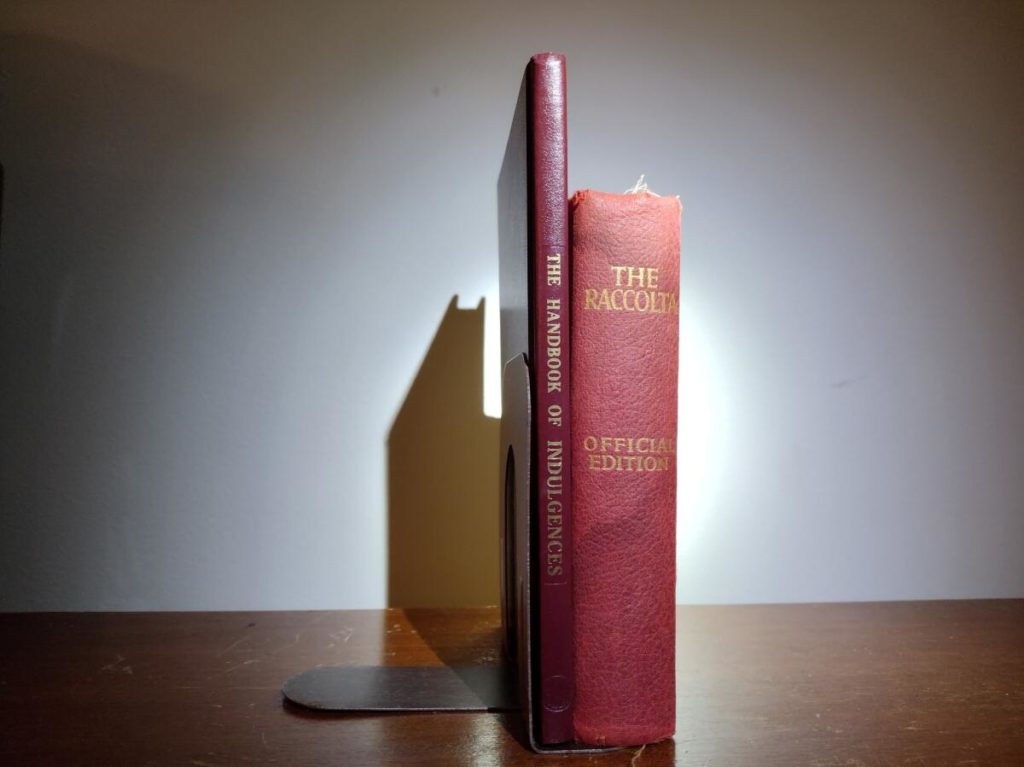
The thicker of the two books is the pre-Vatican II Handbook of Indulgences, and the thinner one is the post-Vatican II Handbook. You can see for yourself that there has been a drastic reduction in the number of indulgences. The Pardon Crucifix indulgence is not contained in the new book.
On the other hand, however, the Pardon Crucifix (like every crucifix), the Miraculous Medal of the Blessed Virgin Mary, and the St. Benedict Medal, are all powerful sacramentals; and prayers to the saints and prayer before a crucifix still carry the benefit of indulgences. In short, the Pardon Crucifix, and the medals in some cases attached to it, together form a great spiritual treasure. I believe that it is a blessing from God, an inevitability in the name of coincidence.
The Pardon Crucifix in the Scapular
I came to know about this crucifix thanks to a priest who sent one to me from Japan. I had never heard of the Pardon Crucifix until then. As I mentioned earlier, it combines (in this case) three powerful sacramentals in one. It gave me great strength as a person with chronic family problems.
The crucifix that was sent to me was also placed in the scapular of Our Lady of Mount Carmel. I think it is a very good idea to put the Pardon Crucifix in the Scapular, because if you are allergic to metal, as I am, you can wear it without worrying about your allergy, and you will receive the added benefit of the Scapular. I am very grateful.
Although the Pardon Crucifix no longer carries an official indulgence, it still symbolically carries the body of our Lord. I sincerely hope that this powerful sacramental will become more widely known.
Source for Papal documents: The Pardon Crucifix | Catholicism Pure & Simple (wordpress.com)

